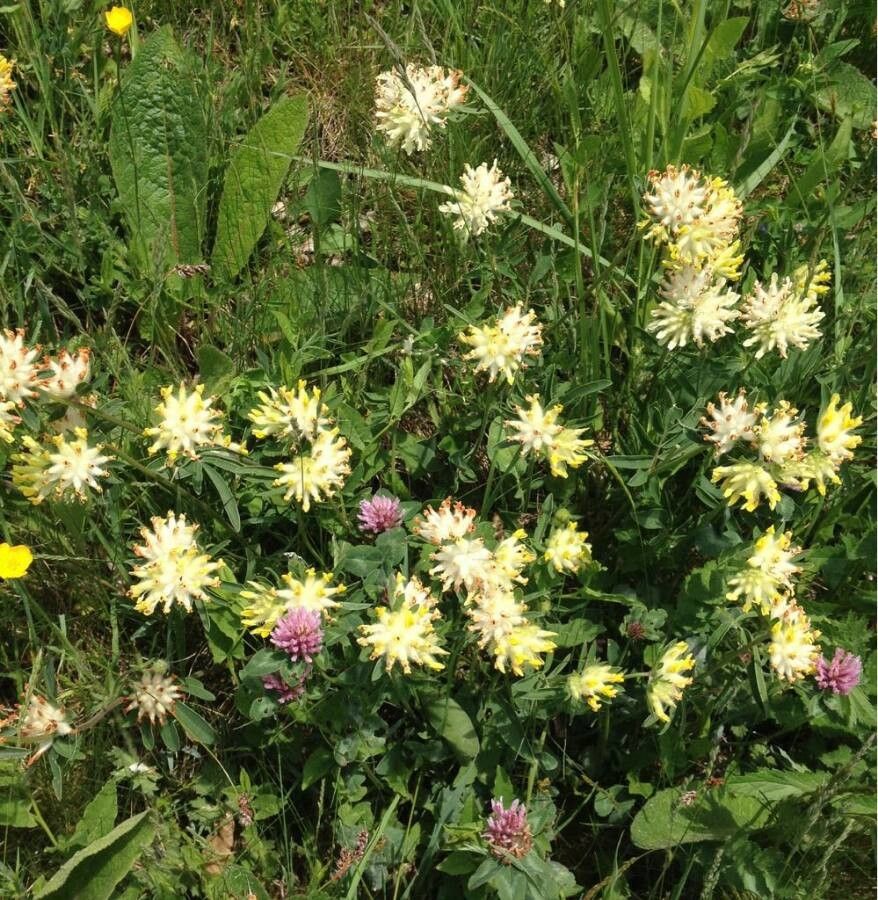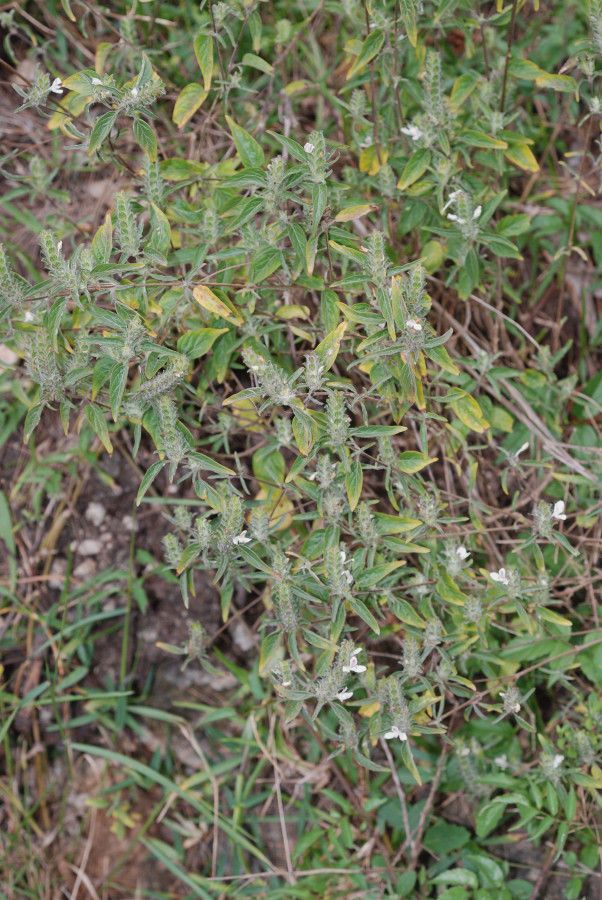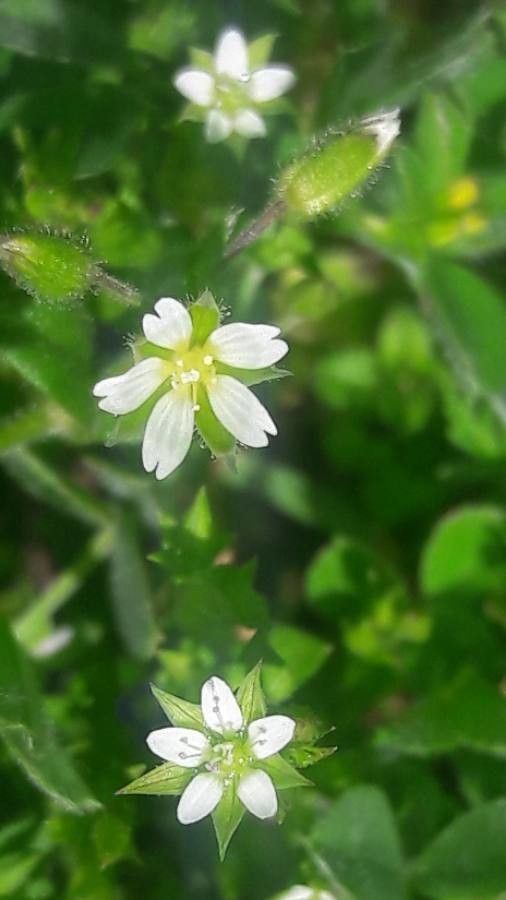## Kidney-Vetch: A Comprehensive Guide
Kidney-vetch ( *Anthyllis vulneraria*) is a charming and versatile plant belonging to the Fabaceae family, better known as the legume family. This low-growing, spreading perennial is prized for its vibrant, pea-like flowers and adaptability to various conditions, making it a popular choice for gardeners and landscapers alike.
### Botanical Profile
Kidney-vetch is native to Europe and parts of Asia, but it has naturalized in many other regions worldwide. Its common name refers to the kidney-shaped leaflets that comprise its leaves. The flowers are typically yellow, though variations in color exist, with some exhibiting orange or even reddish hues. These flowers are borne in dense clusters, attracting pollinators such as bees and butterflies.
### Habitat and Growth
Kidney-vetch thrives in full sun to partial shade and is surprisingly tolerant of diverse soil types. While it prefers well-drained soils, it can adapt to sandy, gravelly, or even calcareous conditions. Its low-growing habit, often ranging from 6 to 12 inches in height, makes it an excellent groundcover for slopes or areas prone to erosion. Its extensive root system also helps prevent soil erosion.
### Cultivation and Care
Kidney-vetch is relatively easy to cultivate. It can be grown from seeds, which should be sown in the spring or fall. Direct sowing is often successful, but starting seeds indoors can provide a head start. Once established, kidney-vetch is remarkably drought-tolerant and requires minimal maintenance. Regular watering is beneficial during prolonged dry periods, especially for newly planted specimens. Deadheading spent flowers can encourage more blooms throughout the growing season.
### Uses and Benefits
Beyond its ornamental value, kidney-vetch offers several ecological and practical benefits. As a legume, it possesses nitrogen-fixing properties, enriching the soil and enhancing the growth of neighboring plants. Historically, it has been used in traditional medicine for its astringent and vulnerary properties, lending its name to its medicinal application. However, it's crucial to consult with a healthcare professional before using kidney-vetch for medicinal purposes.
### Wildlife Attraction
Kidney-vetch's vibrant flowers attract a wide range of beneficial insects, including pollinators. This makes it a valuable addition to wildlife gardens and habitats designed to support local biodiversity. The seeds also provide food for birds.
### Considerations
While generally easy to grow, kidney-vetch can become invasive in some areas. Research its growth habits and potential for invasiveness in your specific region before planting.
### Conclusion
Kidney-vetch is a beautiful and practical addition to any garden. Its ease of cultivation, drought tolerance, and ecological benefits make it a desirable plant for both novice and experienced gardeners alike. Whether used as a groundcover, in a wildflower meadow, or as a valuable addition to a pollinator garden, kidney-vetch adds charm and function to the landscape.
Kidney-Vetch: Complete Guide & Care Tips

Frequently Asked Questions
How do I grow kidney-vetch from seed?
Sow seeds in spring or fall, either directly outdoors or started indoors. Ensure well-drained soil and provide regular watering, especially when young.
Is kidney-vetch drought-tolerant?
Yes, kidney-vetch is remarkably drought-tolerant once established. However, supplemental watering during extended dry periods is beneficial, particularly for newly planted specimens.


